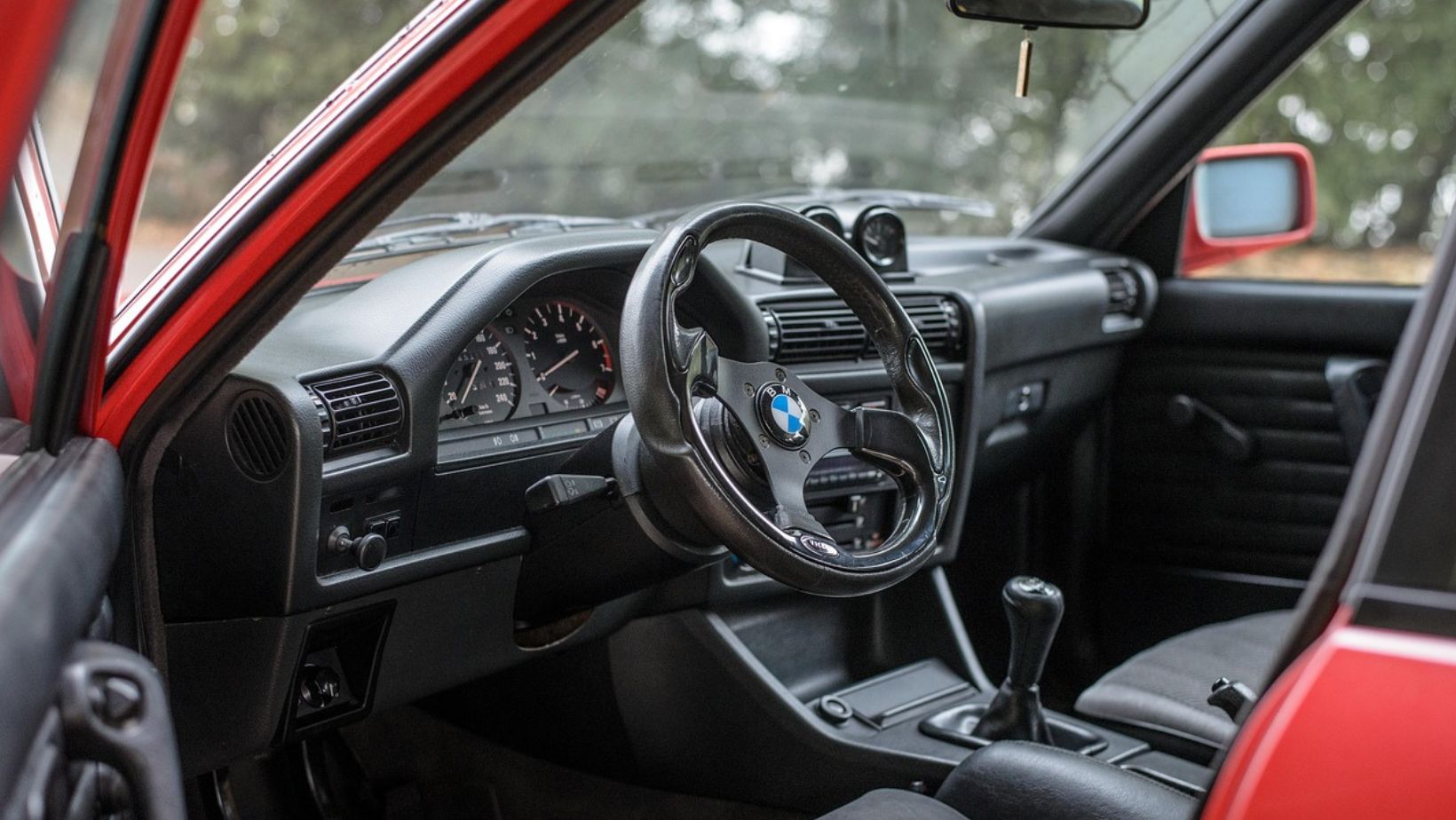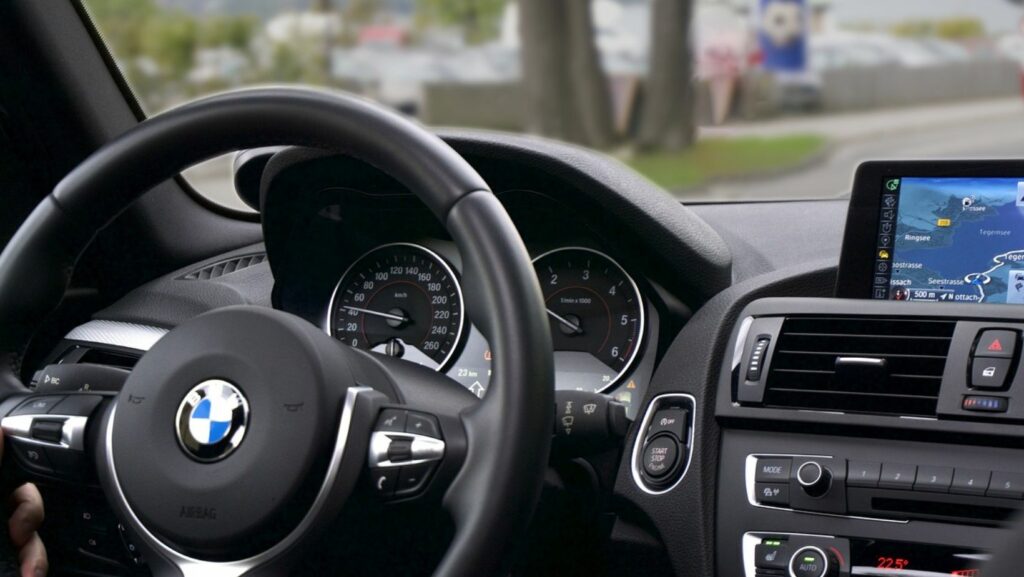Today’s vehicles are fitted with advanced driver assistants and security features that work jointly to prevent accidents. However, even a minor collision can shift these sensor units and damage hidden components. Here are the top reasons why ADAS and safety systems recalibration has become mandatory after a crash.
1. Legal and Insurance Considerations
Many manufacturers require vehicle owners to maintain ADAS and security systems to their exact standards. A recalibration after any incident ensures the units return to their performance levels they were at during purchase. Failure to check and realign the systems can lead to delayed or rejected warranty claims. The manufacturer can also shift the blame to the driver if an accident happens later and the security features were not calibrated.
Many states also have repair standards that require ADAS recalibration after any action that affects sensors or bumpers. Repair shops follow these guidelines to protect themselves and vehicle owners. Insurance companies also rely on maintenance records when evaluating claims. This means a lack of proper repair and calibration can result in delayed insurance and liability issues. That is especially true where there is no robust car accident injury representation to prove the party responsible for the crash.
2. To Avoid False Warnings and Malfunctions
Advanced driver assistance systems rely heavily on cameras, radar, and sensors that point in the same direction the manufacturer set. A minor twist to these features can confuse the entire safety system and lead to false alerts. For instance, failure to repair them after a crash can lead to false lane departure warnings or failure to engage when you need them most. A misaligned camera can also misjudge distance, while an off-centre radar unit can miss a moving object.

These small errors can cause emergency braking or adaptive cruise to fail. The features may also still turn on, but they do not work as intended. Driving a car with unchecked safety features makes the driver feel frustrated and in danger. Recalibrating them can fix the malfunctions and improve the safety of the vehicle in real moments of danger. This puts the driver at peace knowing their assistance programs are reading the road the way they should.
3. To Ensure Overall Safety
The main point of adding ADAS to vehicles is to improve safety. These components support you when you cannot act fast during emergencies. However, any impact can misplace the units and make them work against you. For example, poor distance readers can cause an accident instead of avoiding it. Meanwhile, poorly working sensors can misperceive a road sign as an obstacle and cause sudden braking.
Since all the safety features are linked, one wrong reading can affect several functions at once. Recalibrating ensures the whole system works properly again. This helps keep you, your passengers, or other road users safe. Remember, it is not just about new tech in the vehicle. Instead, it is about ensuring the tools can work correctly under any condition and maintain the overall safety.
Endnote
Recalibrating ADAS and safety systems after a crash is no longer an optional task. It protects you from legal risks, prevents system errors, and keeps your car’s safety reliable at all times. Modern vehicles depend heavily on accurate sensors. Taking the step to recheck and realign safety features gives you confidence that the car can still support you when it matters most.

